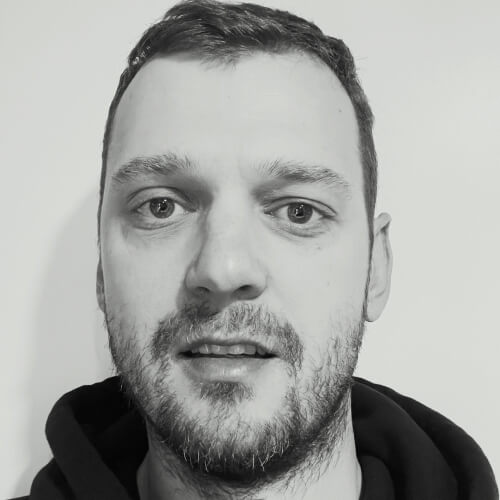When I reach the spot where Demi Vollering attacked, I’m on my hands and knees. I’m six kilometres from the top of the Col du Tourmalet, climbing at single-digit speeds, wrestling with the bike, trying to convince myself not to climb off and take a break.
I try to imagine what it must be like to race up this thing, to be at your limit when the best climber in the world decides she’s had enough of her cruisy Saturday spin and that she actually wants to start trying. I imagine Vollering surging away with ease, quickly disappearing into the thick fog, riding off to win the stage while I slog away, just trying to get up the mountain in one piece.
I don’t have to imagine that last part – the struggle is very much real. I’m counting down the kilometres to the summit, counting down the switchbacks. The low cloud that marred the Tour de France Femmes avec Zwift stage has stayed away today, which seems to me both a blessing and a curse. On the one hand I can enjoy the amazing views that were so absent for Vollering et al.; on the other, I can clearly see the switchbacks that loom high up above me. How could I still have so far to climb in so few kilometres?
I trying to remind myself that I’m here by choice, that I’ve spend good time and money to make this ride happen, that I wanted this. I turn off the podcast I’m listening to and lean into the discomfort. As hard as it is, I am enjoying this, revelling in the pain in that perverse way that’s so familiar to anyone who’s pushed themselves in any physical pursuit.
In a life where most hardships are those that arrive uninvited, the self-inflicted suffering is a privilege. I could stop at any time. It’s nice to be in control.
As I pass through La Mongie and grind my way into the final few kilometres, rain starts to fall and the wind whips up. Visibility is starting to drop and I’m starting to shiver.
***
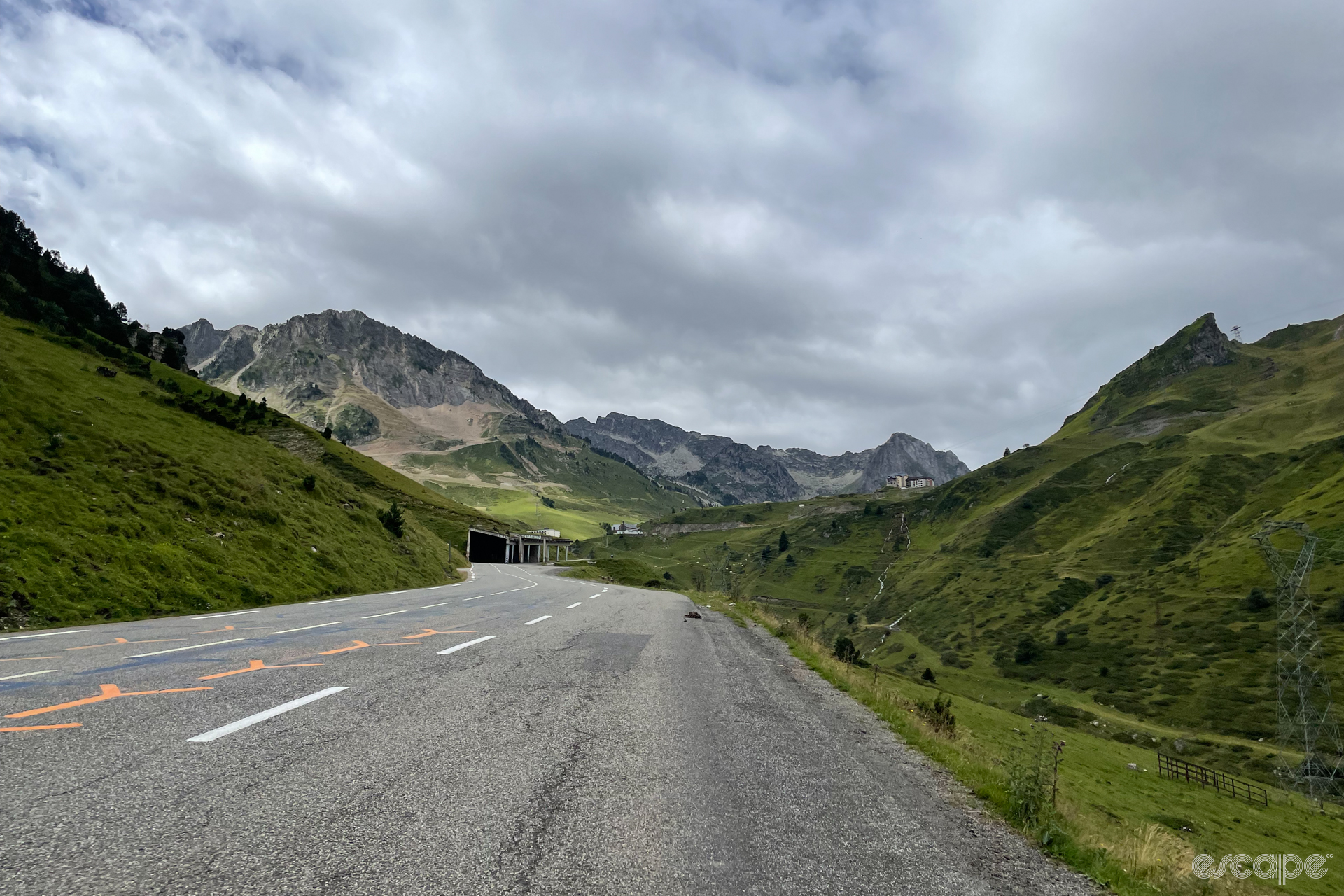
I was up here three days ago, watching Vollering put her rivals to the sword, reporting on the aftermath. It occurred to me that, with a bit of effort, I too could climb this mythical mountain myself, or at least try to. I wouldn’t get a better opportunity to revisit a climb I did 10 years earlier. And what better way to appreciate the feats of the best racers in the world than by tackling the same climb a few days later?
With a couple days to play with between the end of the Tour de France Femmes and my return trip to Australia I organised a hire bike, booked a hotel in Lourdes, took the train down from Tarbes, and sketched out a route. The 100 km loop would take me east out of Lourdes, over a short climb to the next valley, up and over the Tourmalet, then down the other side and back to Lourdes.
There was a time when such a ride wouldn’t have been intimidating. A time before parenthood, when 200 km+ weeks were the norm, when I was actually doing some climbing. As it was, this 100 km loop would be my longest ride in more than two years. It would be the most climbing I’d done in a ride since March 2021. The Tourmalet would be the longest and toughest climb I’d done since August 2019.
I couldn’t have been less prepared. And yet, I knew I’d regret it if I didn’t at least try.
***

My legs were shot before I even started climbing the Tourmalet. The early kilometres of the ride had been pleasant enough, and the early climb between valleys a nice warm-up, but the long, punishing drag up from Bagnères-de-Bigorre to the start of the Tourmalet at Sainte-Marie-de-Campan was brutal. I stopped briefly before starting the climb, ostensibly to fill my bidons from a roadside fountain, but really to give my legs some short respite, and to psych myself up for the challenge ahead.
I knew the early kilometres would be relatively easy; I remembered feeling good there a decade earlier. But the problem with a climb that starts easy, when it averages nearly 8% for its 17 km, is that it’s only going to get harder.
Sure enough, after around five km of climbing , the gradient increased noticeably and my speed dropped to match. I was starting to regret the musette of unnecessary, random stuff I’d brought with me, and wishing that my Bianchi Infinito hire bike wasn’t so damn heavy. But there was no rush – I had nowhere to be by a certain time, no one waiting for me. I took a deep breath and focused on trying to find a rhythm.
***

I start to notice the altitude in the final few kilometres. Each breath starts to feel a little less efficient than those before. But it’s far from debilitating, and given how hard the climb was already feeling, the altitude isn’t really moving the needle.
Names of riders are painted on the road at regular intervals, one of the few remaining signs of the race’s visit a few days earlier. Vollering, Van Vleuten, Niewiadoma, Labous – they’re all there, but no name appears more than Cedrine Kerbaol, French time trial champion, best young rider at the Tour de France Femmes.
Sheep amble across the road, forcing me to slow down momentarily. I don’t mind in the slightest.
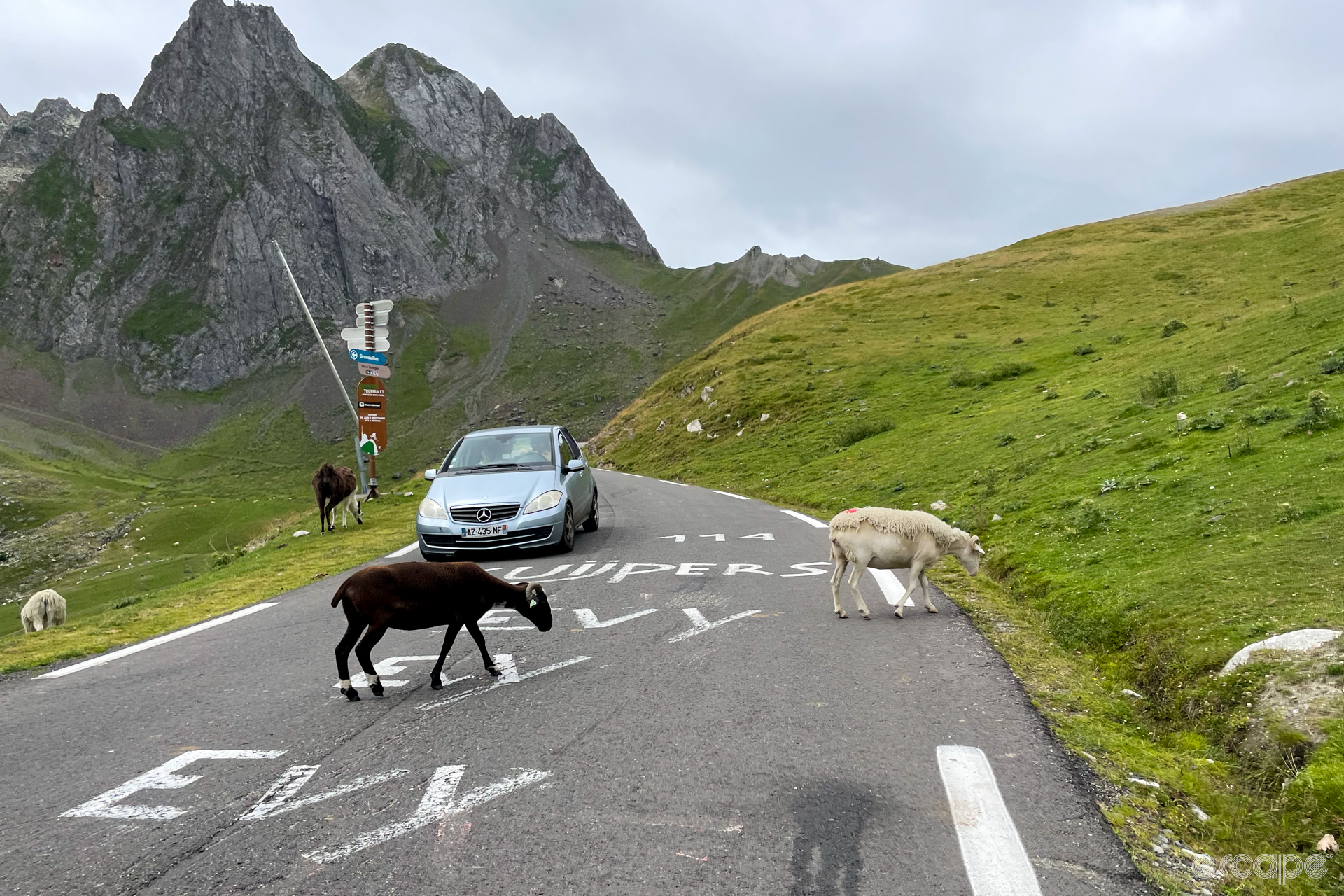
Without even realising it, I reach the spot where the women’s race finished, just short of the summit. It was so shrouded in fog three days earlier that I don’t recognise it now. Walls rise up on either side of the road as the gradient increases one final time, and then it’s done. I’ve made it up the Col du Tourmalet.
I peel myself off the bike, lean it against the stone wall, then hobble over to check out the view. The light drizzle has reduced visibility somewhat, but not enough to obscure the remarkable views down the other side.
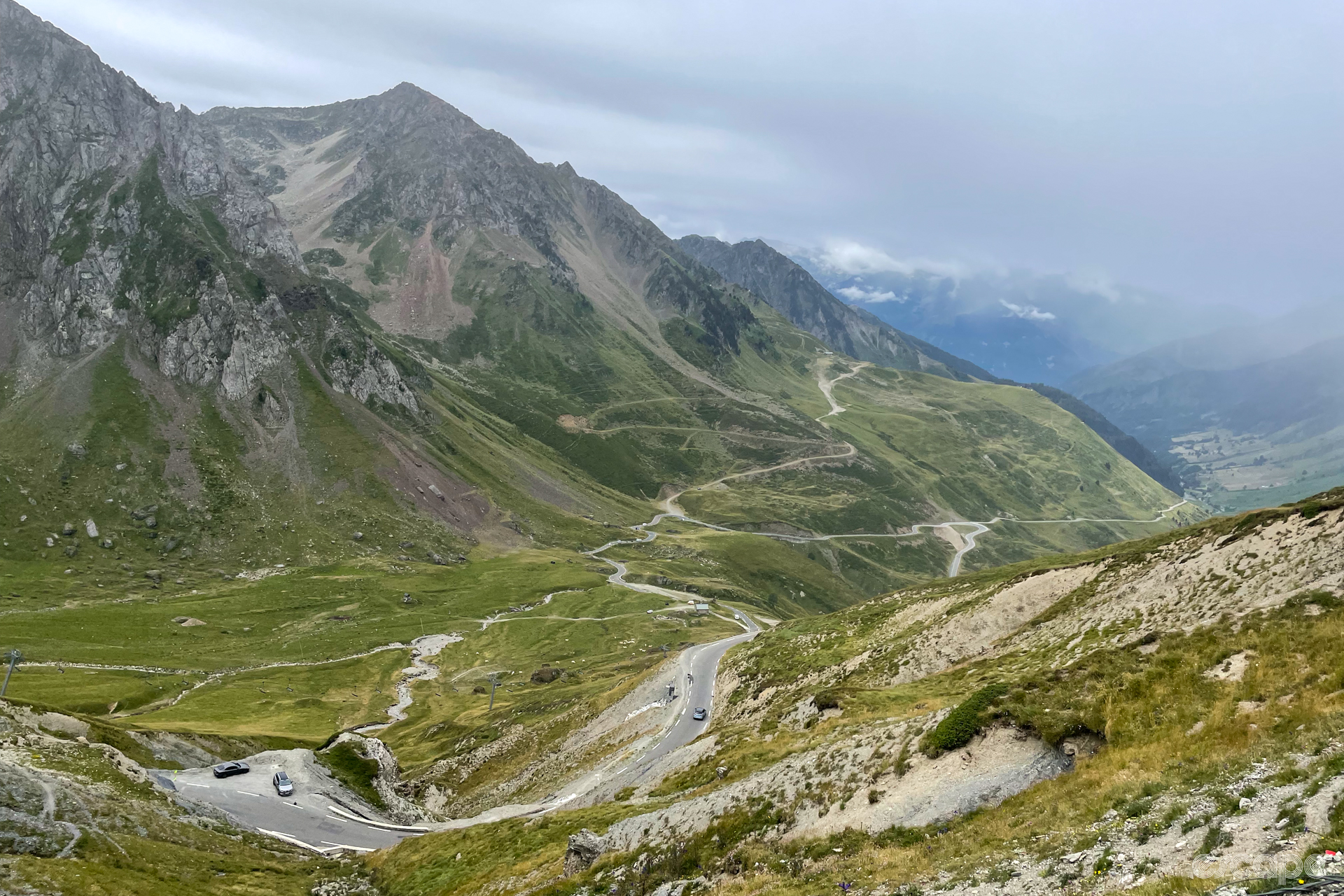
As I stand there, I’m taken back a few days, watching the riders of the Tour de France Femmes come across the line completely empty, falling to the cold, wet pavement, moisture from the clouds clinging to their faces. I’m not feeling nearly that spent, which makes me wonder whether I could have gone harder. Whether I should have gone harder.
It’s taken me 20 minutes longer to climb the Tourmalet than it did 10 years ago. It’s not unexpected, but my first instinct is to reach for an excuse.
Surely it’s just that the hire bike is much heavier than the road bike I had in 2013; surely it’s that musette of gear on my back that’s slowing me down. I tell myself that without those weight penalties, I would have been closer. I even manage to convince myself that I would have been faster than 10 years ago, had I actually done some training.
Deep down I know it’s not true. I know that I’m not nearly as fit as I once was. More pertinently, I’m also getting older. It’s a hard realisation to deal with. I want to be making progress on the bike, not slipping backwards. The reality is I haven’t improved on the bike in years. I won’t without a concerted effort.
Later, against my better judgement, I’ll check to see how my time up the Tourmalet compares to those who raced the Tour de France Femmes. I’m shocked to learn that Vollering climbed the 17 km nearly twice as fast as me. Even Charlotte Kool, last rider across the line, a few minutes outside the time cut, put 25 minutes into me.
***
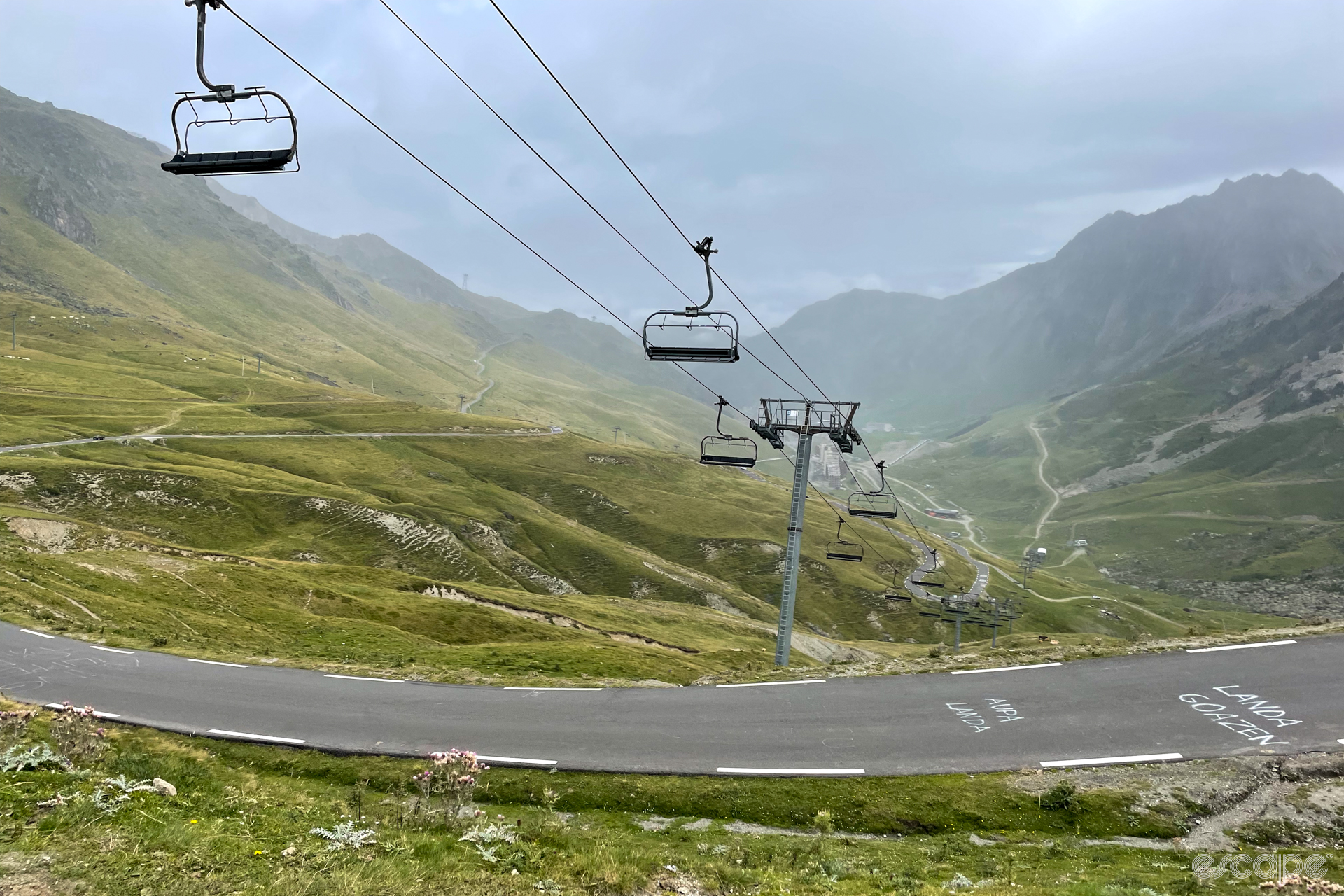
Before I begin my descent, I pause briefly. I want to be present in this moment, to put it all into perspective.
Sure, I’d love to have been faster up the mountain, but it truly doesn’t matter. Having the time and means to be able to climb this mythical mountain once in a lifetime is a privilege. To be able to do it again 10 years later, when I wasn’t sure I’d ever be back, is an unexpected bonus.
And sure, I’ll never be as fast as any of the pro cyclists – male or female. In fact, I may never be as fit again as I was 10 years ago. But even being here at the top of this mountain, on my own steam, is something to celebrated. The fact that I can climb great mountains, without any training, basically on a whim, is an incredible privilege.
What I’ve achieved today is far from spectacular. And yet, for some reason, as I take in the vista before me, I find myself on the verge of tears. Maybe it’s the difficulty of the climb, and the relief of conquering it. Maybe it’s the pride of setting an audacious goal and achieving it. Maybe it’s just something about being back in the Pyrenees with a bike beneath me, staring out at the remarkable view.
I’ve been staying in Lourdes, a place of great religious significance, but for me, climbing the legendary mountains of France is as close to a spiritual experience as I’ll ever get.
Gallery

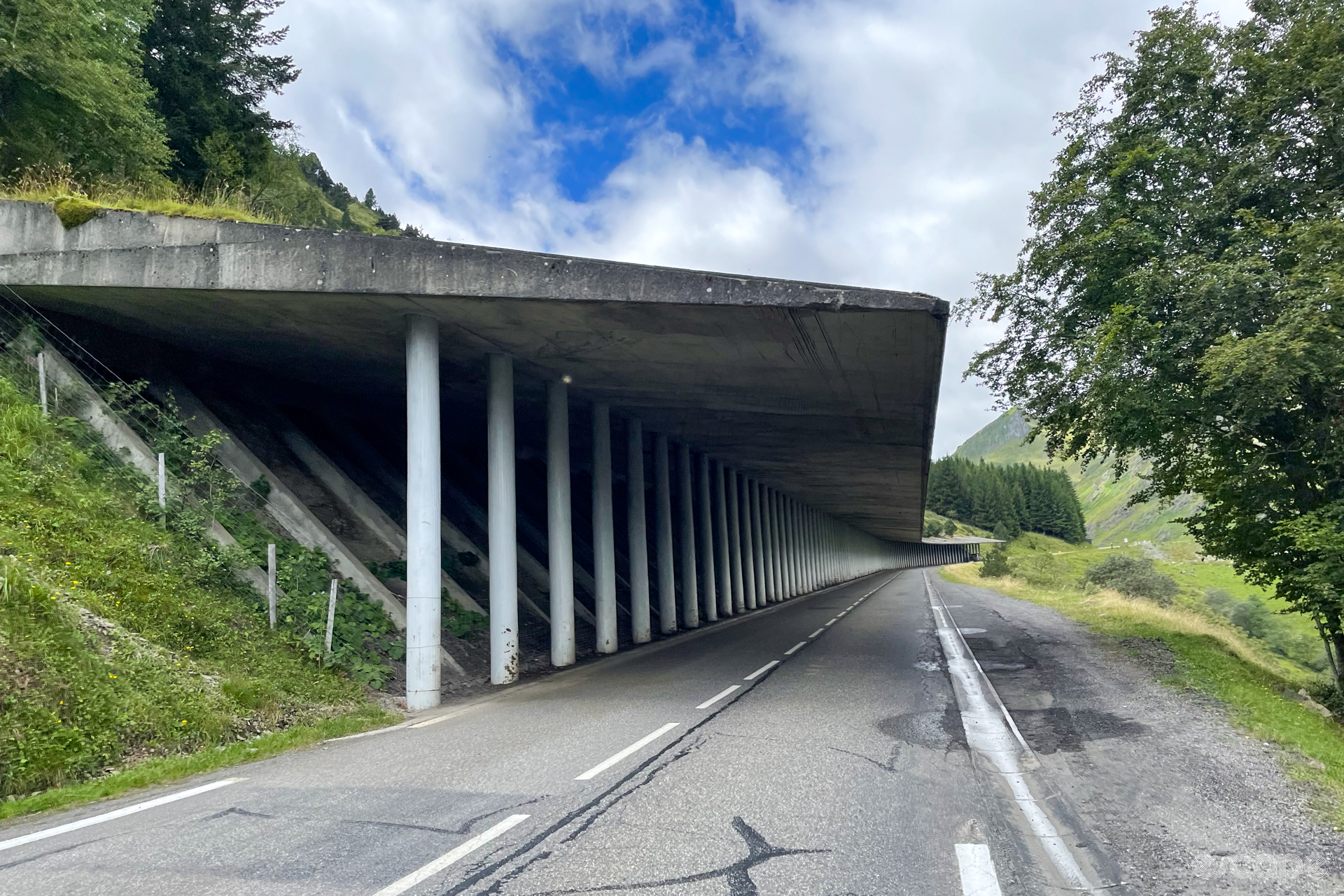
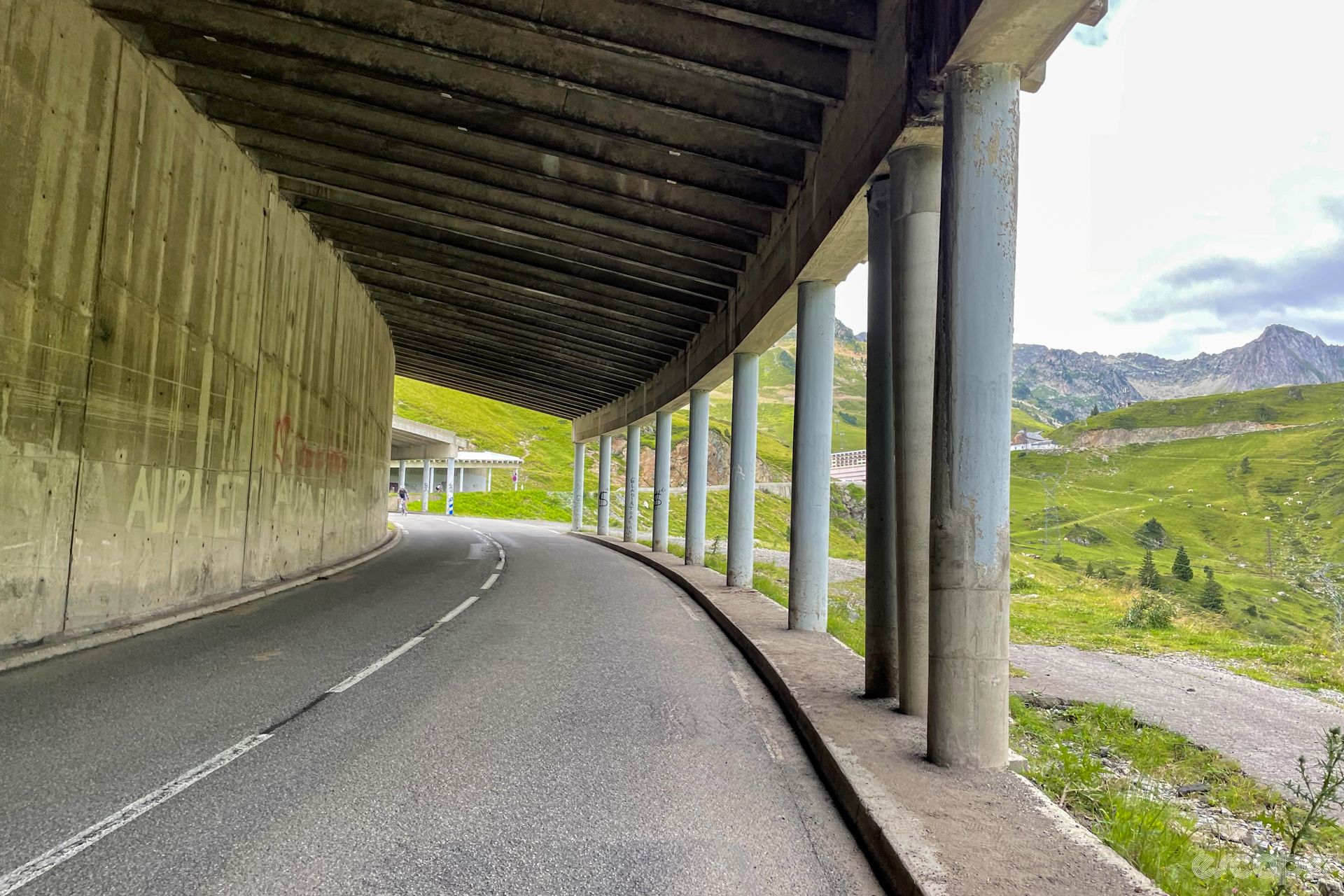


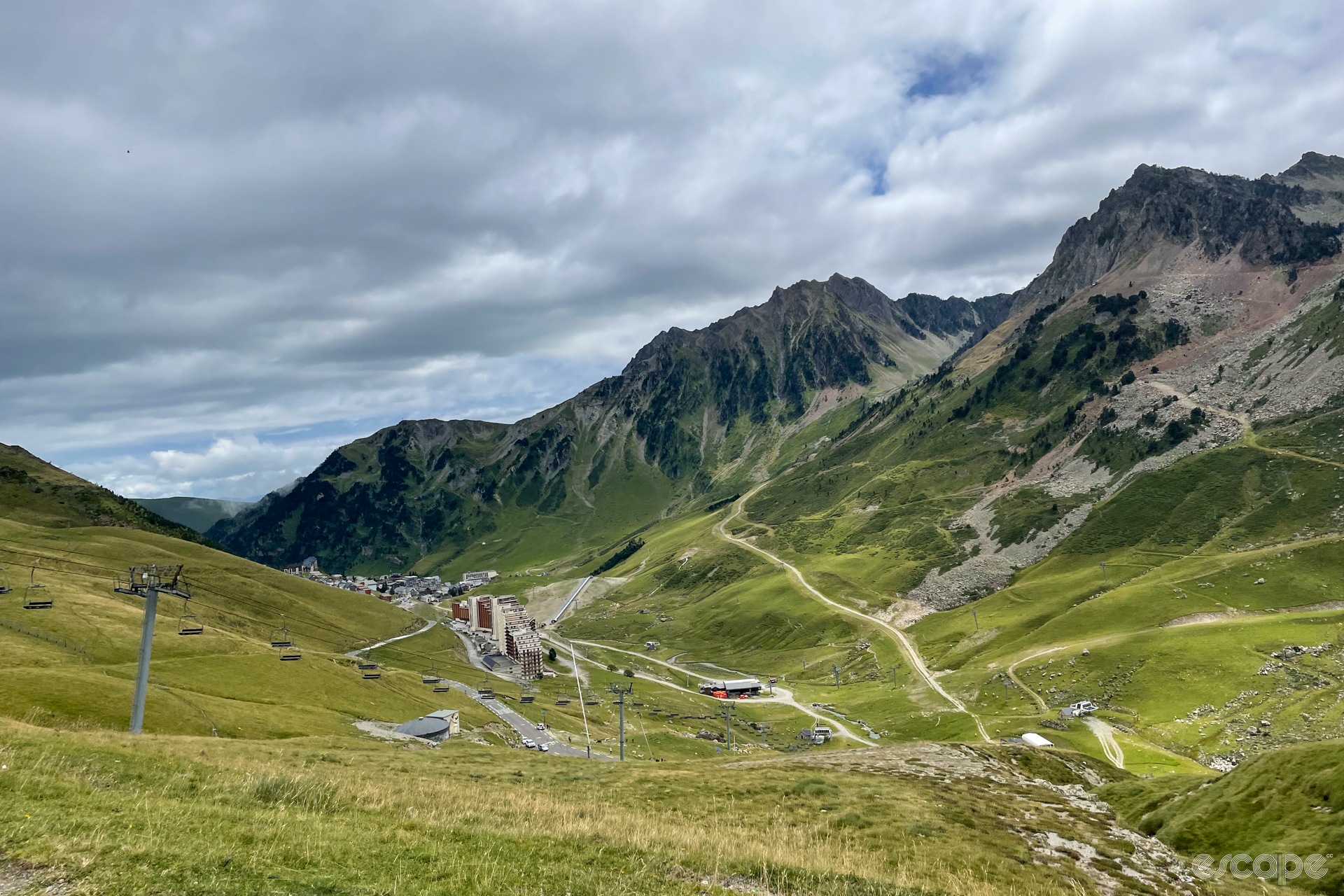
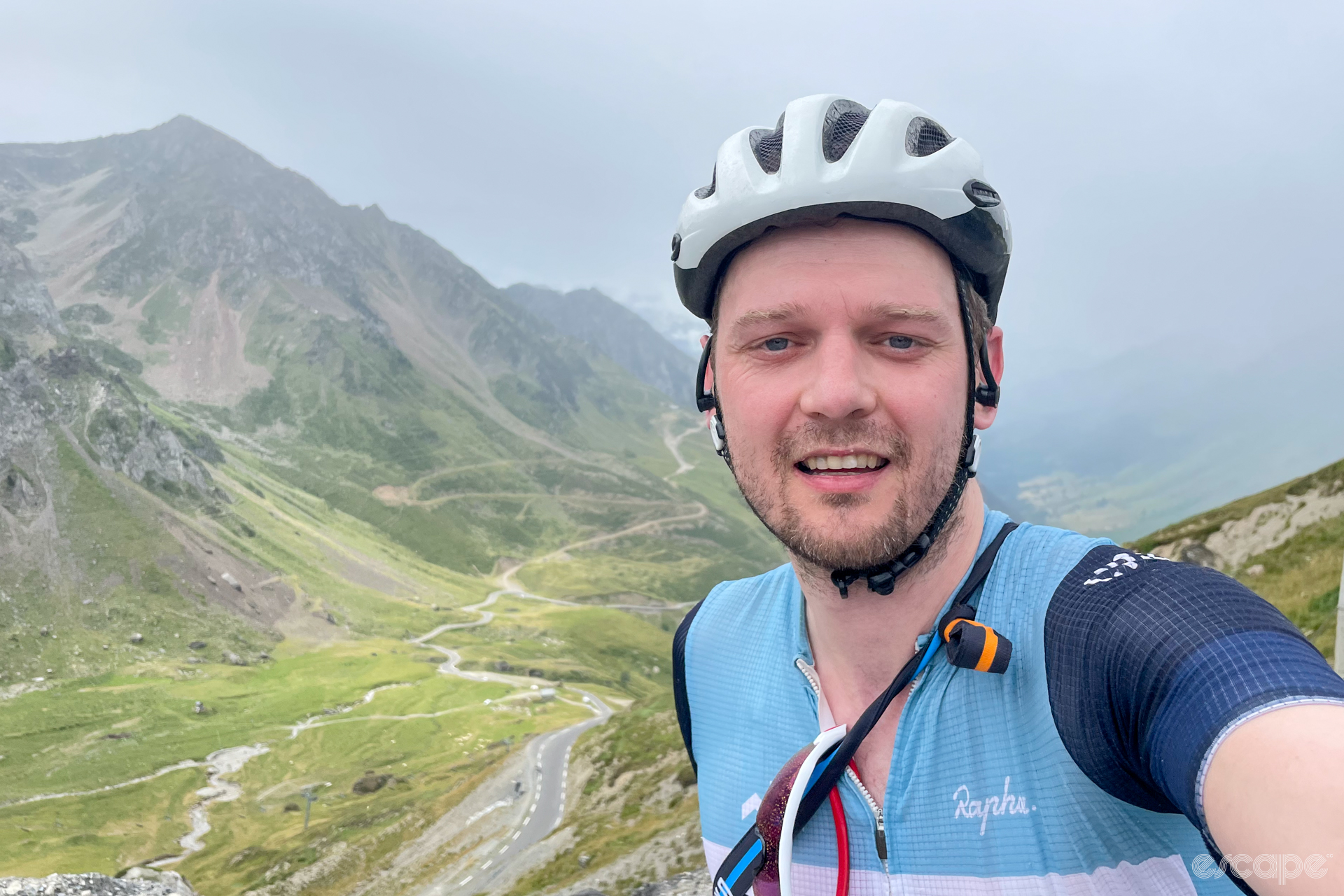
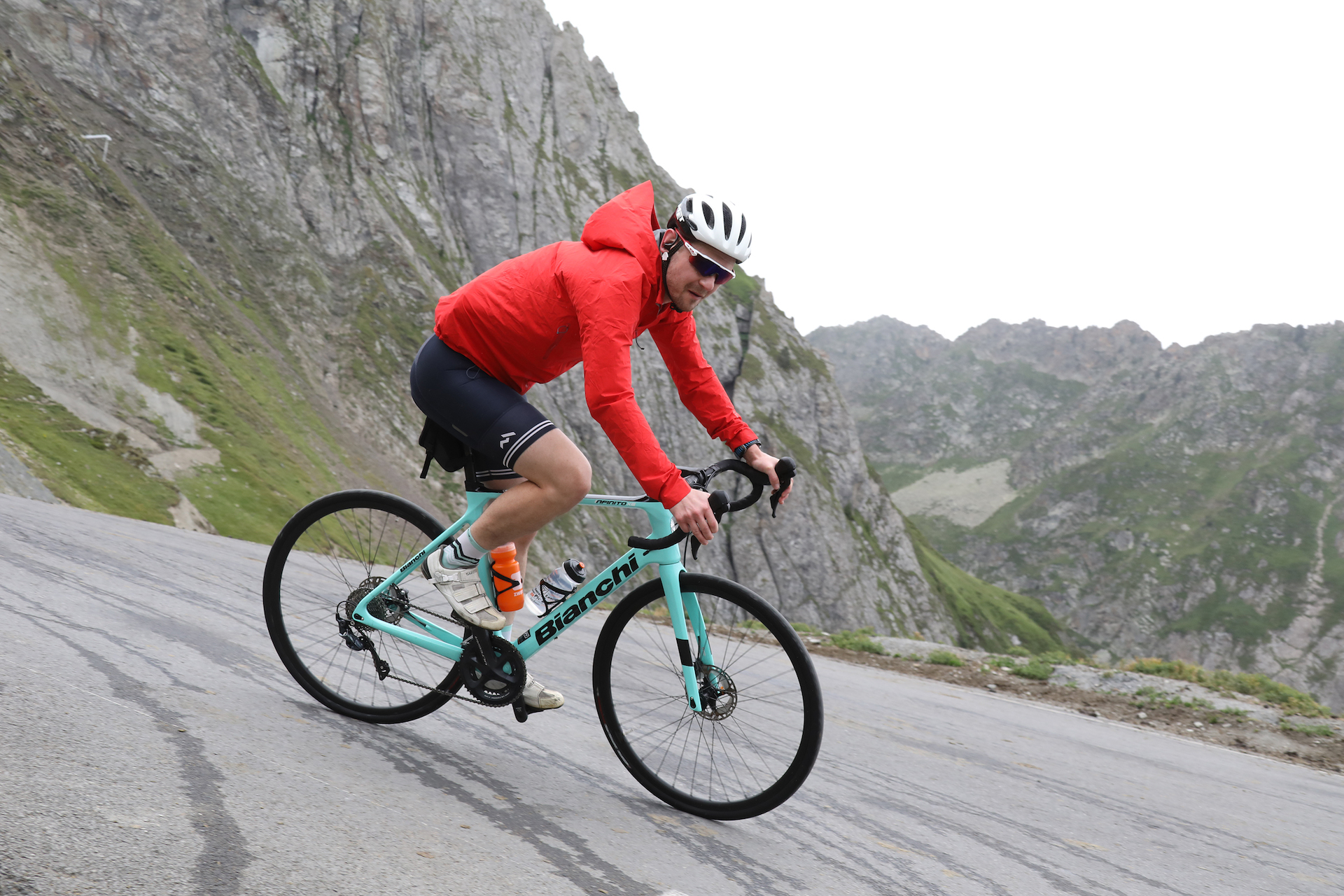
What did you think of this story?

